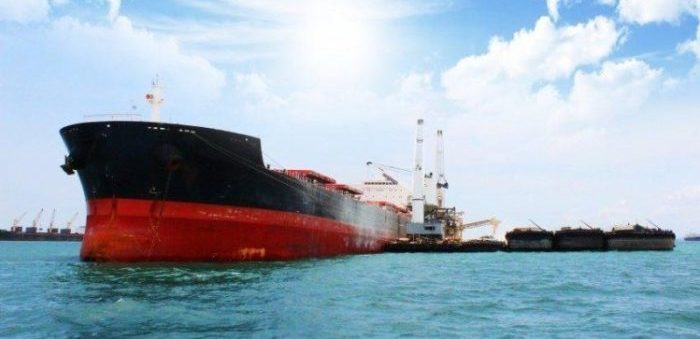The long list of tariffs that the US and China have established, have negatively affected the global trade. Namely, 85.3% of Chinese seaborne imports from the US and 58.5% of US seaborne imports from China could become affected by the trade war, if the US and China implement a further USD 200 and USD 60 billion worth of tariffs on goods.
The dry bulk shipping industry is the most affected due to the Chinese tariffs, but the whole trade war still impacts only 1.9% of total dry bulk seaborne trade in 2017. 2,002 Handymax loads are now affected.
[smlsubform prepend=”GET THE SAFETY4SEA IN YOUR INBOX!” showname=false emailtxt=”” emailholder=”Enter your email address” showsubmit=true submittxt=”Submit” jsthanks=false thankyou=”Thank you for subscribing to our mailing list”]
In the meantime, the trade war is constantly developing, and it does not seem to end soon, BIMCO’s chief shipping analyst Peter Sand believes. This because China and the US are preparing to impose more tariffs.
The goods which already face tariffs, are mostly dry bulk and container goods. These will be affected if the USD 200 billion list is implemented, with 4.1 million tonnes of the targeted commodities imported to the US from China in 2017.
While containerized goods have already been targeted, the biggest impact on these will come if the proposed USD 200 billion are implemented. So far, the tariffed goods amount to 6.6 million tonnes of seaborne trade from China to the US in 2017. This amounts to 5.9% of US West Coast container imports in 2017.
A further 22.4 million tonnes of seaborne containerized goods would also be affected by the US 200 billion list, which amounts to a further 20.1% of USWC imports in 2017, or 2.24 million TEU.
However, the dry bulk shipping industry remains by far the most affected by Chinese tariffs in terms of volumes. The largest ‘one commodity’ targeted by the trade war are US soybeans which as of 6 July 2018 face 25% tariffs when imported into China, but the impact of these on Chinese buyers may be limited.






























































